Fxlog X Domain And Range
So Range is all real numbers i.e (oo, oo) graph{log(x-9) -40, 40, -, } Ans.
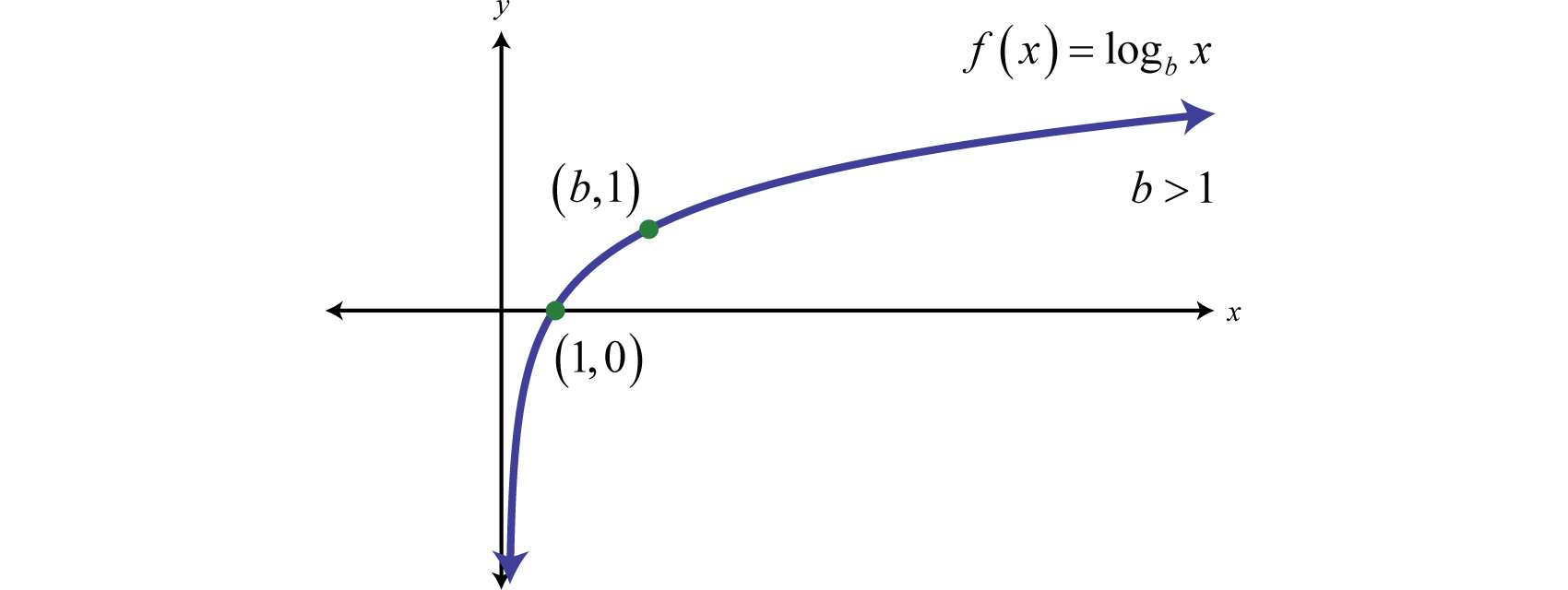
Fxlog x domain and range. If {eq}f^{-1}(x) {/eq} exists, then find its range and domain. #"solve "x=9=0rArrx=9larrcolor(red)"excluded value"# #rArr"domain is "x inRR,x!=9# #"for the range rearrange making x the subject"# #y=5/(x-9)# #"multiply both sides by "(x-9)# #rArry(x-9)=5# #. {eq}f(x) = -\log_{3} \left(-x + 2\right) + 1 {/eq} Domain and Range:.
The range is the set of all valid values. Find the domain and range of the function:. (ii) f(x) = √((9 −x^2)) It is given that the function is a real function.
Since 5 is a horizontal asymptote of f. The domain of f (x) is and the range of f (x) is. X − 1 = 0.
Graph the function on a coordinate plane.Remember that when no base is shown, the base is understood to be 10. Characteristics of the Graph of the Parent Function, f(x) = log b (x) For any real number x and constant b > 0, latexb\ne 1/latex, we can see the following characteristics in the graph of latexf\left(x\right)={\mathrm{log}}_{b}\left(x\right)/latex:. X > 1 or in interval form (1 , ∞) Matched Problem 1 Find the domain of function f defined by f (x) = log 5 (3.
In this case, there is no real number that makes the expression undefined. Find the domain of 1/(e^(1/x)-1) function domain:. Free functions domain calculator - find functions domain step-by-step This website uses cookies to ensure you get the best experience.
Use the graph to find the range. The range of f is all real numbers. (-infinity, infinity) the vertical asymptote of y = log(x) is at:.
Domain=(0,infinity) note->if g(x) is a function and it is the inverse of a function f(x) the range of f(x)=domain of g(x) since log x is the inverse function of exponential function a^x where a>0 and x is real number. Ln x is just a new form of notation for logarithms with base e.Most calculators have buttons labeled "log" and "ln". {eq}f(x) = \log_{3} \left(2x - 2\right) {/eq} Domain and Range:.
Our numerator consists of log(x-4), which can be 0 but this doesn't concern us particularly. (2,oo){x|x>2} since log is undefined for 0 or negative values Range:. The domain of f is x > 0.
By using this website, you agree to our Cookie Policy. Logarithmic functions with definitions of the form f (x) = log b x have a domain consisting of positive real numbers (0, ∞) and a range consisting of all real numbers (− ∞, ∞). We can conclude that the domain of y = log(x) is:.
Find the Domain and Range f(x) = log base 5 of x. In general, f (x) = c·log a (x - h) + k has a vertical asymptote at x = h and passes through the point (h + 1, k). Dianna97 +6 cliffffy4h and 6 others learned from this answer The Domain Is:.
Tap for more steps. The range is the set of all valid values. Here are some examples illustrating how to ask for the domain and range.
F(x) (greater than or equal to. Y = log 10 x, then the domain is. Let represent the range.
Log(5-x) doesn't exist when. Domain of log(x) (x^2+1)/(x^2-1) domain;. Find the domain, range, and vertical asymptote.
Domain - The set of all possible values of the variable that makes the function defined and finite is known as the domain of that. The denominator of f(x) cannot be zero as this would make f(x) undefined. All work must be shown on paper and submitted to drop box and the answer should be submitted in Blackboard.
So, in our denominator we don't any problems, 3 is a positive number different that 1 so we get a nonzero denominator. The range is the interval -----> 0,∞) The range is all real numbers greater than or equal to zero. Identify whether a logarithmic function is increasing or decreasing and give the interval.
Add to both sides of the inequality. X >= 3 or in interval notation 3, oo) Given:. The domain of the function {eq}f(x) {/eq} is all real numbers except.
Algebra -> Functions-> SOLUTION:. To avoid ambiguous queries, make sure to use parentheses where necessary. The domain is the interval-----> (-∞,∞) The domain is all real numbers.
Answers (1) Assane 3 January, 04:57. Since x can take on values greater than zero, we can make it arbitrarily close to zero, and hence F(x) becomes a larger negative number, without limit. The range is the set of all valid values.
Also, since x>0 is the domain, we can. -4 <= x <= 4 , in interval notation :. F (x) = log e x = ln x, where x > 0.
The "log" button assumes the base is ten, and the "ln" button, of course, lets the base equal e.The logarithmic function with base 10 is sometimes called the common. Subtract from both sides of the inequality. The graph is nothing but the graph y = log ( x ) translated 3 units down.
(0, +∞) Its Range is the Real Numbers:. X > 0 or (0, + ∞) Domain of y = log₁ ₀ (x) In the logarithmic function. The logarithm base 10 is called the common logarithm and is denoted log x.
The Natural Logarithm Function. Find {eq}f^{-1}(x) {/eq} if it exists. So the polynomial is solved in the external intervals.
Find the vertical asymptote of the graph of f. The range means "what values can F(x) take on over the domain of x?" (so domain applies to the input x to the function, range applies to the output F(x)). Even though the base and argument of a logarithm must be positive, the logarithm itself can be any real number.
So, x ∈ (1, + ∞) Since the function f (x) is positive, due to result of. For log(logx) to be defined, logx >0 or x>1 Hence the domain is xŒ (1,∞) The ra. The domain is all values of that make the expression defined.
Square root of cos(x). The domain is obtained by solving:-(x − 1) (3 − x) ≥ 0. Domain and range » Tips for entering queries.
What are the domain and range of f(x)=logx-5. F (x) = log 3 (x - 1) Solution to Example 1 f(x) can take real values if the argument of log 3 (x - 1) which is x - 1 is positive. The range of f is the same as the domain of the inverse function.
The absolute value expression has a V shape. What are the domain and range of f(x)=log(x+6)-4 1 See answer Answer 5.0 /5 6. X = 0 domain:.
The value of a logarithm can be any real number, so the range is all real numbers. As x approaches closer and closer to 9 from right, y gets more and more negative. The range of y = log(x) is:.
3 − x = 0 ⇒ x = 3. Since the function g(x)=log(x) isn't defined for , then. The range is still the same in this case:.
(- infinity sign, infinity sing), {y|y € } 5.0 1 vote 1 vote Rate!. The best I can do is graph the inverse of the log function,3^x, as I did below,and describe what the log function looks like on this same graph. Find the Domain and Range f(x) = log of x.
Therefore, the domain of f(x) are. F (x) = log 2 x and g(x) = 2 x f (x) = log a x can be translated, stretched, shrunk, and reflected using the principles in Translations, Stretches, and Reflections. (-oo,oo){y|yinRR} This can be verified with a graph:.
F(x) = \log_{3}(-x) + 2 By signing up, you'll get thousands of step-by-step solutions to. The function is defined for only positive real numbers. Multiply each term in by.
Find the Domain and Range f(x) = log of x-5. Now, observe that the range of f(x) is the set of the real numbers from 5. X > 7 This is our domain:.
Functions, Domain, NOT graphing Section Solvers Solvers. Identify the features of a logarithmic function that make it an inverse of an exponential function. F(x)= sqrt(64-x^2) for the domain i got (-8,8) and range (1,8) Log On Algebra:.
All these are real values Here value of domain (x) can be any real number Hence, Domain = R (All real numbers) We note that that Range f(x) is 0 or negative numbers, Hence, Range = (−∞, 0 Ex 2.3, 2 Find the domain and range of the following real function:. Find the domain, range, and vertical asymptote. F(x) = 4 - ln(x) the domain is still the same(the base is irrevelant, although it must be positive), i.e.
All log functions without any additional terms added to it outside the operation have domain x>0 and all real number range. Set the argument in greater than to find where the expression is defined. Find the Domain and Range f(x) = log base b of x.
If f (x) = log (log x) find domain and range Dear Cathy, Ans:. 0,4 f(x) = sqrt ( 16 -x^2) , for domain under root should not. The domain is all values of that make the expression defined.
All real numbers that are greater than 7. The domain is all values of that make the expression defined. X > - 2.
Sketch the graph of f. Set the base in greater than to find where the expression is defined. Function f(x)= log x.
Find the Domain and Range f(x) = log base 3 of x. The function y=log(x) is translated 1 unit right and 2 units down. Find the Domain and Range f(x) = log of 4-x.
" "x >= 3. (-infinity sign symbol, infinity sign symbol) apologizes if this answer turns out to be wrong Step-by-step explanation:. Multiply each term in by.
This is the "Natural" Logarithm Function:. Let {eq}f(x) = \frac{1}{3} \log (5x) {/eq}. Find an answer to your question Find the domain and range of the function f(x)=4-x/x-4 1.
The logarithm base e is called the natural logarithm and is denoted ln x. Y-axis I'm sorry, but our program will not graph the log function. F(x) = log e (x) Where e is "Eulers.
Find the x and y intercepts of the graph of f if there are any. The range is the set of all valid values. X > 1, x > 3.
First you need to know that you can evaluate log(x) only when x is positive (x>0) and equals 0 only when x=1. Write "infinity" in place of the symbol if you need it. Set the argument in greater than to find where the expression is defined.
Determine the x-intercept and vertical asymptote of a logarithmic function. To find the range, one usually needs to determine what possible values the function (or y) will have when x takes on all the different values of the domain. So, the x can not take the values of x sucht that 5\leq x.
Y = log 10 (x),. Find the Domain and Range f(x)=|x| The domain of the expression is all real numbers except where the expression is undefined. Hence the condition on the argument x - 1 > 0 Solve the above inequality for x to obtain the domain:.
Equating the denominator to zero and solving gives the value that x cannot be. The domain of f is the same as the range of the inverse function. Set the argument in greater than to find where the expression is defined.
Find an intercept of f(x):. The domain is all values of that make the expression defined. Use the graph to find the range.
This means " "x - 3 >= 0 Simplifying:. For the function f(x) = log2(x-3)+5, please identify the domain and range, and use interval notation. Set the argument in greater than to find where the expression is defined.
Solution to Example 1 a - The domain of f is the set of all x values such that x + 2 > 0 Solve the above inequality to obtain the domain:. The domain is x>2. The domain of function f(x) is the interval (4;+infty).
Set the argument in greater than to find where the expression is defined. Which statement it true?. The domain would be:.
A very important fact that we have to know about the domain of a logarithm to any base is, "A logarithmic function is defined only for positive values of argument" For example, if the logarithmic function is. X can't also be zero. Log a (x) is the Inverse Function of a x (the Exponential Function) So the Logarithmic Function can be "reversed" by the Exponential Function.
Y = log(x-2)+1 The logarithm of zero or a negative number is undefined, so x must be greater than 2. Set the argument in greater than to find where the expression is defined. Which is the graph of the translated function?.
(-6, and the infinity sign), {x|x >-6} The Range Is:. The domain is all values of that make the expression defined. Its Domain is the Positive Real Numbers:.
Find the domain and range of the function y = log ( x ) − 3. The domain of a function includes all possible x values of a function, and the range includes all possible y values of a function. F(x) = sqrt(x - 3) A function starts out having a domain of all Reals (-oo, oo) A square root limits the function because you can't have negative numbers under the square root (they are called imaginary numbers).
(-6, infinity sign symbol) the range would be:. Which function is shown on the graph below?. Use the graph to find the range.
Enter your queries using plain English. Let represent the domain. X-9>0 or x> 9 or (9,oo) Range :.
As it is clear range of exponential function a^x is (0,infinity) so domain of log x =(0,infinity). You can obtain the zeroes of the polynomial (x − 1) (3 − x) = 0. 0 <= f(x) <= 4 , in interval notation :.
A natural logarithmic function is a logarithmic function with base e. So, x = 1, 3. Determine the domain and range of a logarithmic function.
Tap for more steps. Sharanya sharanya 22.06.19 Math Secondary School +13 pts. What are the domain and range of f (x) = log (x + 6) minus 4?.
F X Cos 1 Log X 3 1 Find The Domain And Range Of F X Where Denotes The Greatest Integer Function Sarthaks Econnect Largest Online Education Community

Solved Domain And Range In Exercises 1 3 Begin By Graphi Chegg Com
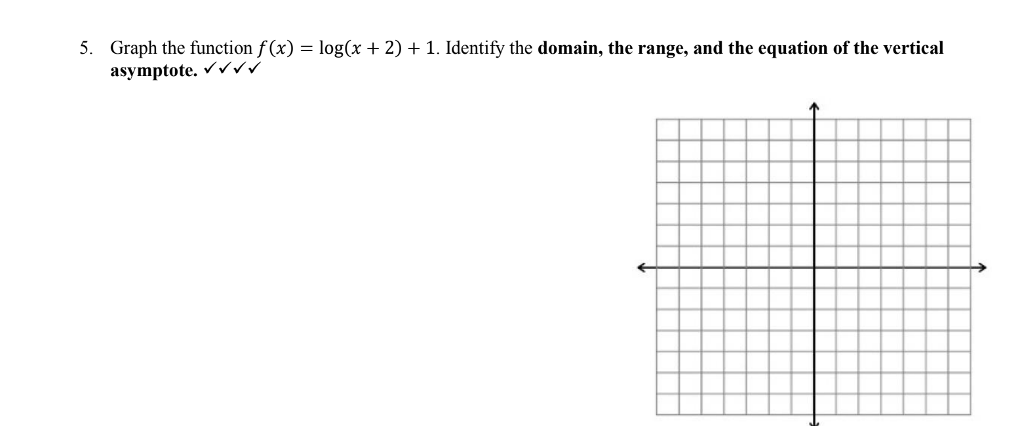
Solved 5 Graph The Function F X Log X 2 1 Identi Chegg Com
Fxlog X Domain And Range のギャラリー
Www Southhadleyschools Org Cms Lib Ma Centricity Domain 11 Ch4rev Pdf

How To Find Domain And Range From A Graph Video Khan Academy
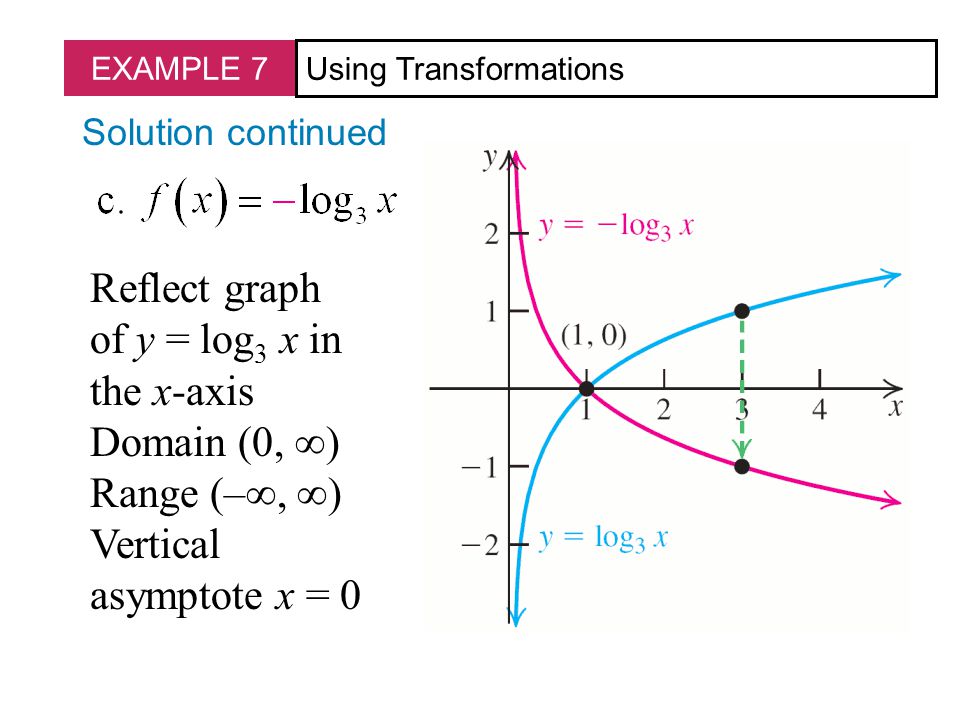
Exponential Functions Define An Exponential Function Graph Exponential Functions Use Transformations On Exponential Functions Define Simple Interest Ppt Download
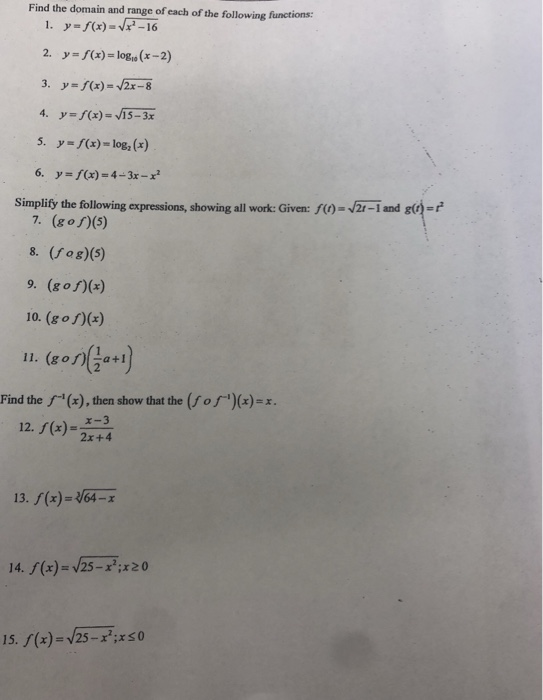
Solved Find The Domain And Range Of Each Of The Following Chegg Com

Logarithmic Functions

Characteristics Of Graphs Of Logarithmic Functions College Algebra

Analysis Of Logarithmic Graphs Read Calculus Ck 12 Foundation

F X Ln X 4 Domain Range Graph And Its Inverse Youtube
Http Www Mooreschools Com Cms Lib Ok Centricity Domain 3068 Semesterreview key no work Pdf

Solved Sketch A Graph Of The Function And State The Domai Chegg Com
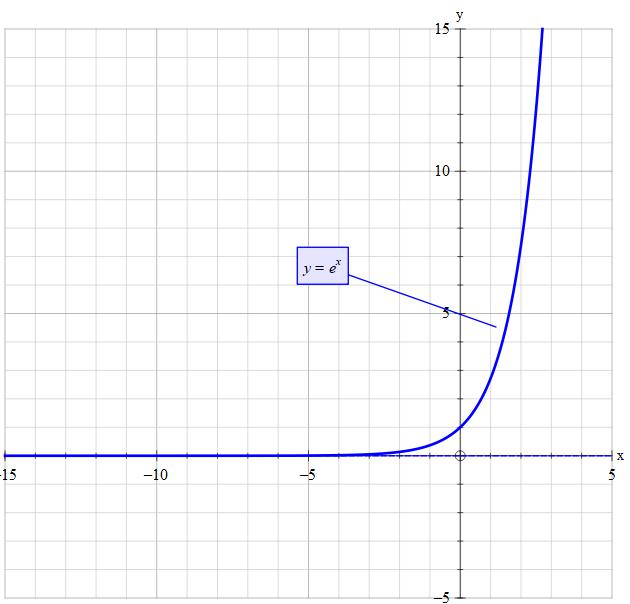
What Is The Domain And Range Of Y E X Socratic
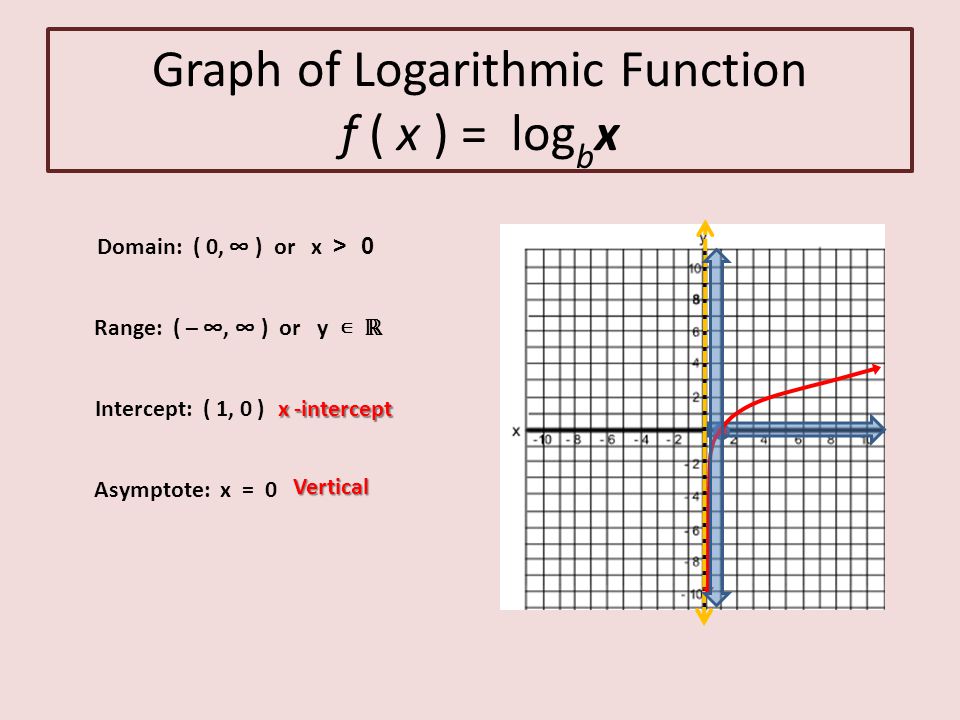
Graphs Of Exponential And Logarithmic Functions Ppt Video Online Download

Logarithmic Functions Ppt Download
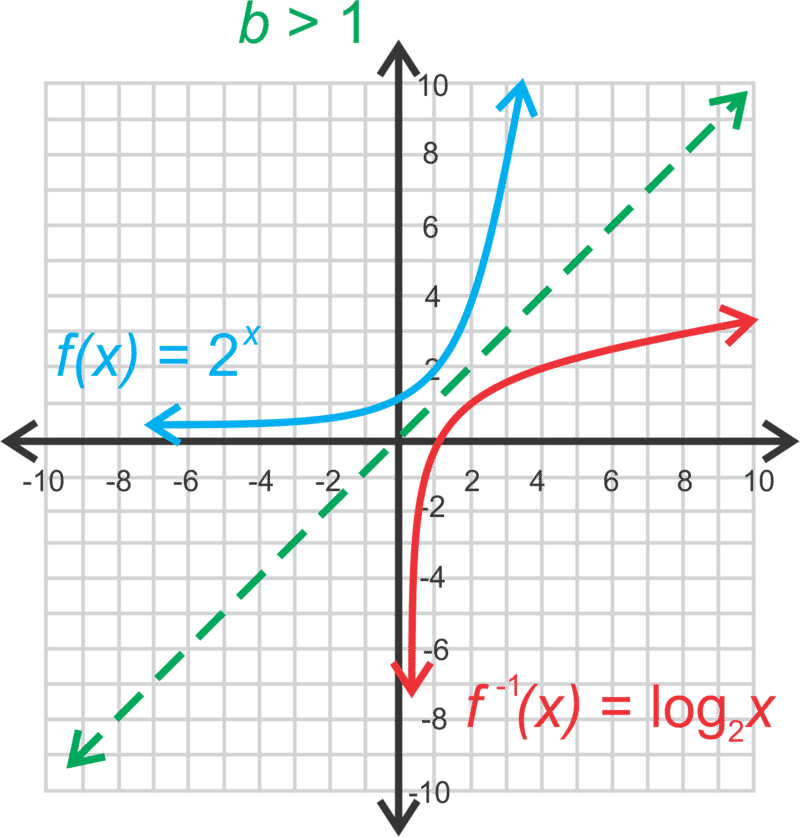
Analysis Of Logarithmic Graphs Read Calculus Ck 12 Foundation

Find Domain Of Logarithmic Functions Q1 Youtube

Solved 5 Graph The Function F X Log X 2 1 Iden Chegg Com

Solved Sketch The Graph Of The Following Function And St Chegg Com
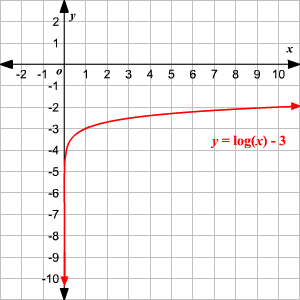
Domain And Range Of Exponential And Logarithmic Functions

Parent Functions Learning Goal I Will Be Able To Recognize Parent Functions Graphs And Their Characteristics Ppt Download
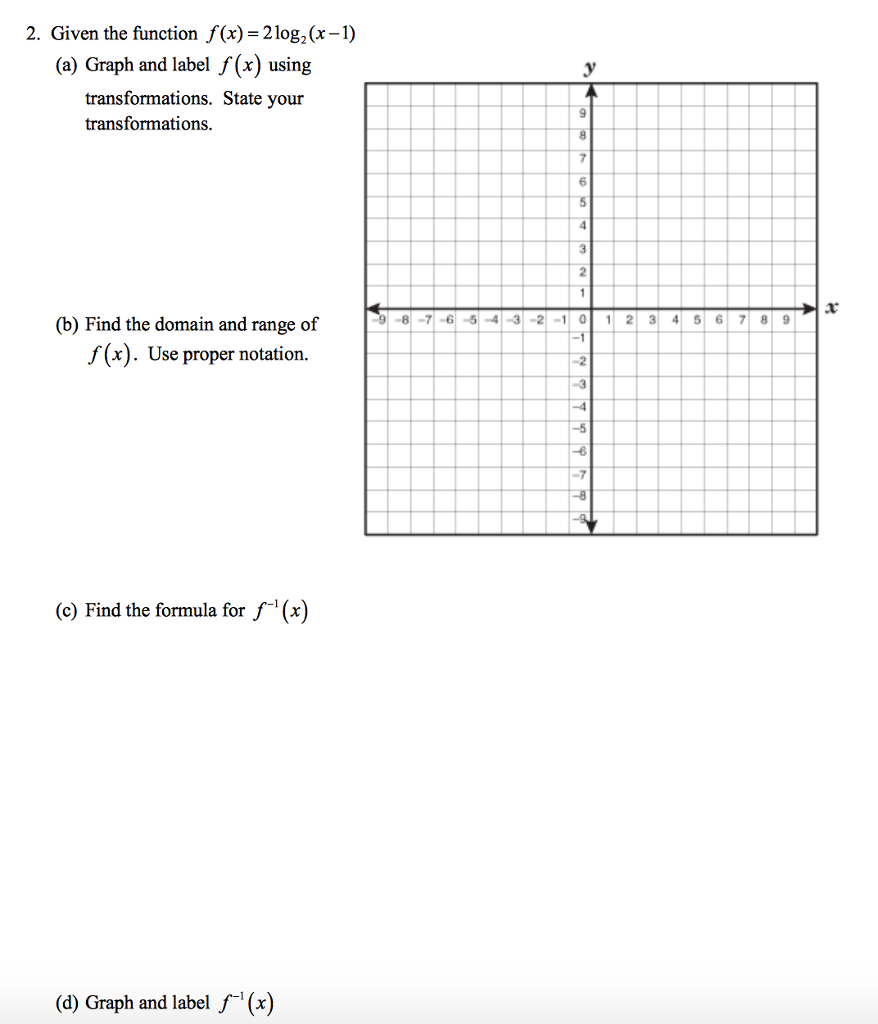
Solved 2 Given The Function F X 2 Log X 1 A Graph Chegg Com

F X Log 9 X 2 Find Domain And Range Of 01 F X Log 9

Types Of Parent Functions Parentfunctionsandtransformations

Find The Domain And Range Of The Function F X 1 Sqrt X X Brainly In
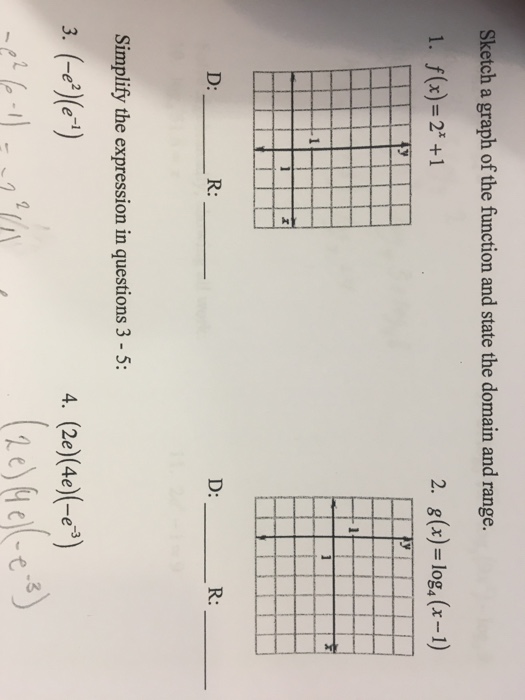
Solved Sketch A Graph Of The Function And State The Domai Chegg Com
Q Tbn 3aand9gcqz2fcuxiqric1nwcdgl 1q1bt5mrymx Hpuhmu Wkkqvcarxbk Usqp Cau
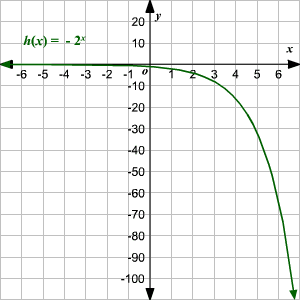
Domain And Range Of Exponential And Logarithmic Functions

Graphs Of Logarithmic Functions Precalculus I
Q Tbn 3aand9gcsgdgbxqbwyfn0rx9yft3ploxm8cxnxgckogfolikmqjjvt6 Ev Usqp Cau
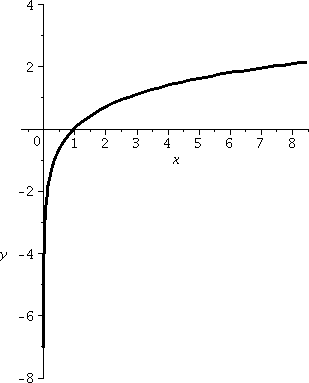
Domain And Range And Composition Of Functions
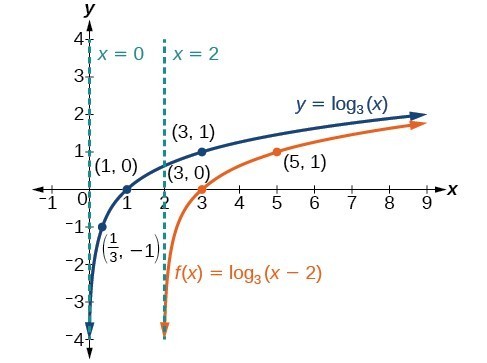
Graphing Transformations Of Logarithmic Functions College Algebra
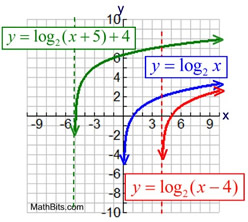
Logarithmic Functions Mathbitsnotebook Ccss Math
What Is The Domain And Range Of X 2 1 X 2 Quora
Www Manhassetschools Org Cms Lib Ny Centricity Domain 217 11h cw 74 77 answer key Pdf

How To Find The Domain And Range Of A Function 14 Steps
What Is The Domain And Range Of X 2 1 X 2 Quora

Characteristics Of Graphs Of Logarithmic Functions College Algebra

Domain And Range Of Exponential And Logarithmic Functions
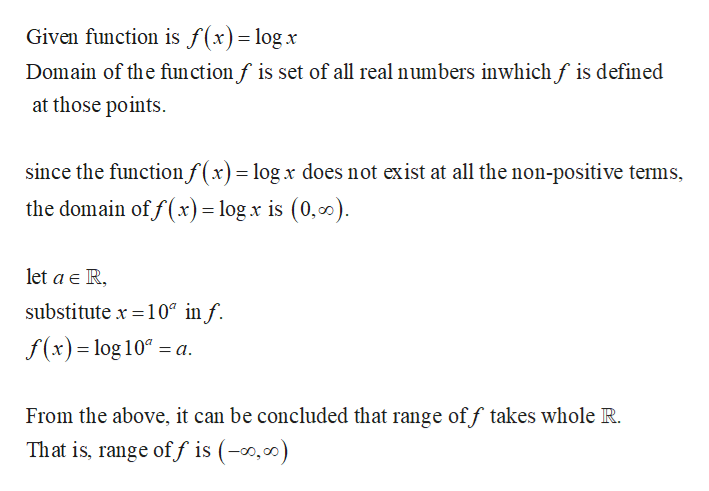
Answered For Exercise A Write The Domain And Bartleby
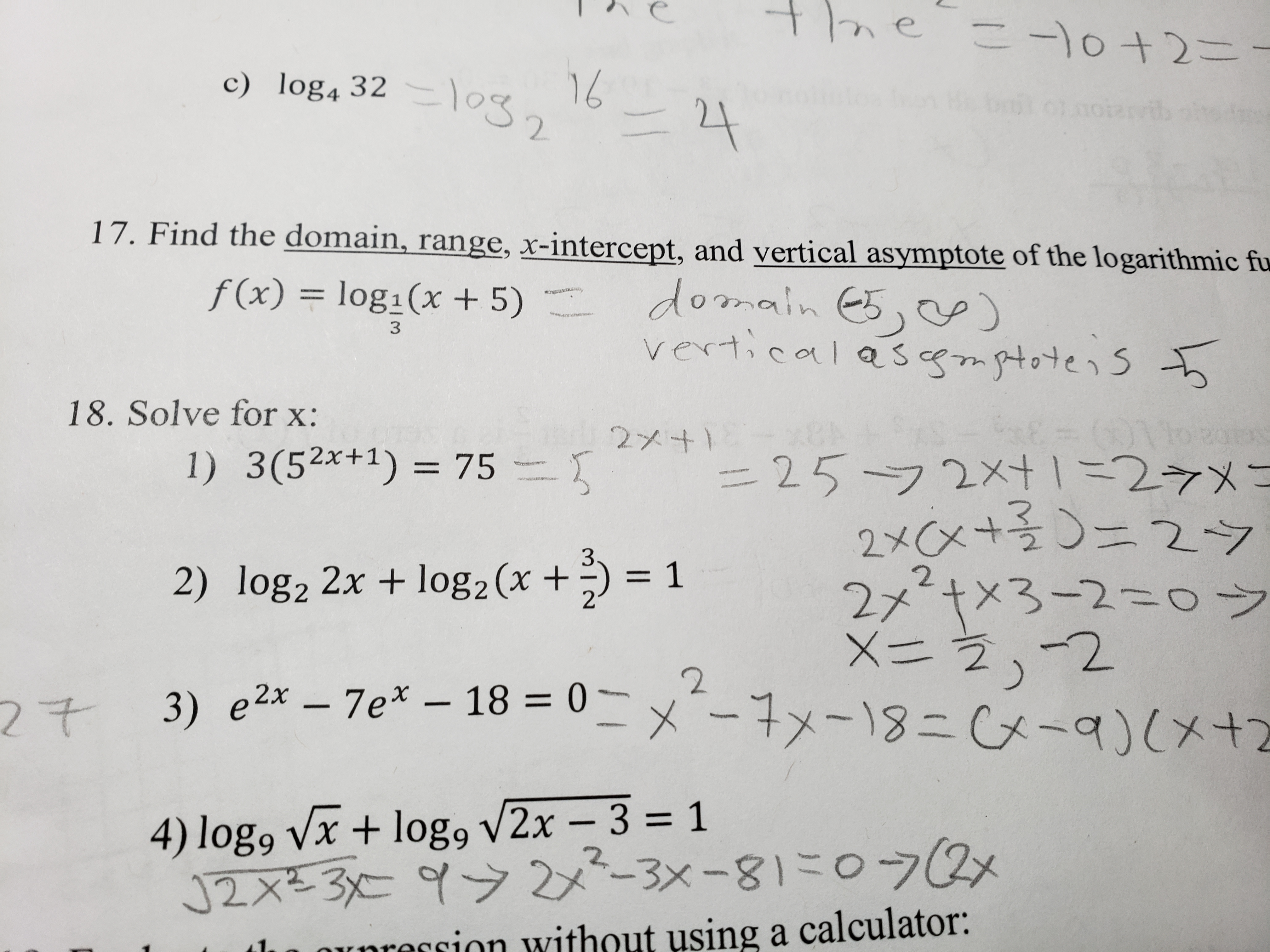
Answered C Log4 32 17 Find The Domain Range Bartleby
What Is The Domain And Range Of Log Sin X Quora

6 Ways To Find The Domain Of A Function Wikihow
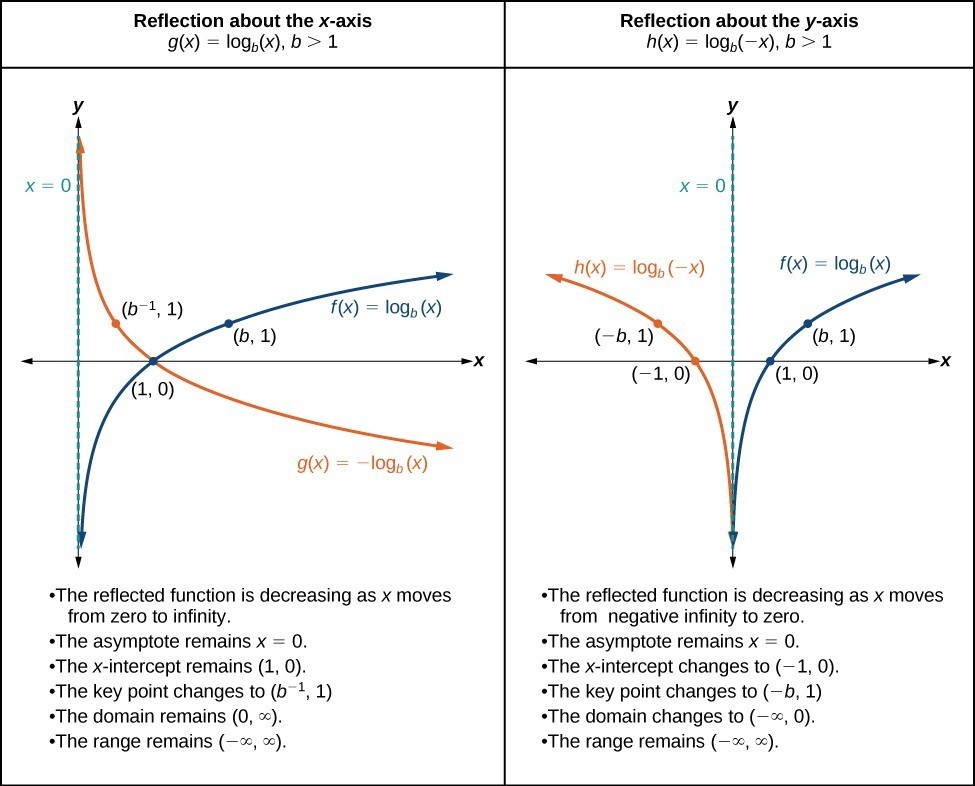
Graphing Transformations Of Logarithmic Functions College Algebra
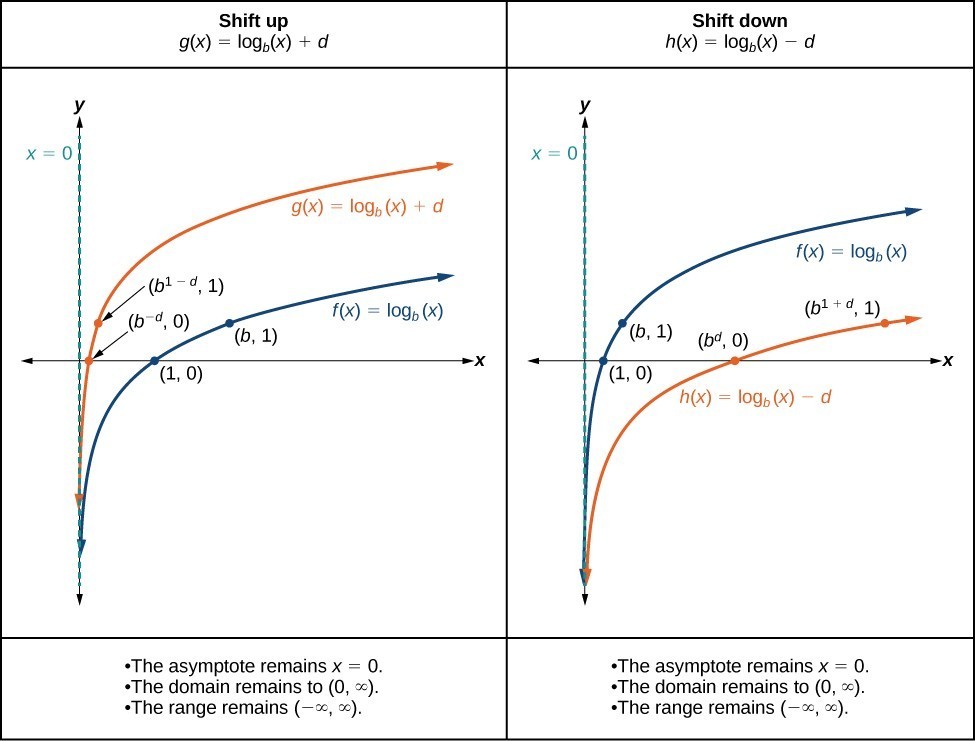
Graphing Transformations Of Logarithmic Functions College Algebra

How To Find The Domain Of A Function Video Khan Academy
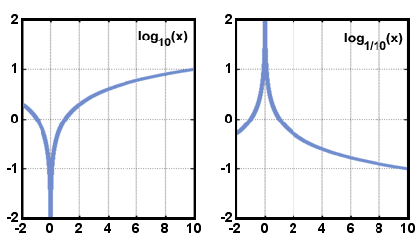
Exponential And Logarithmic Functions Logarithmic Functions Sparknotes

Logarithm

How To Find The Domain And Range Of A Function 14 Steps

Graphing Transformations Of Logarithmic Functions College Algebra
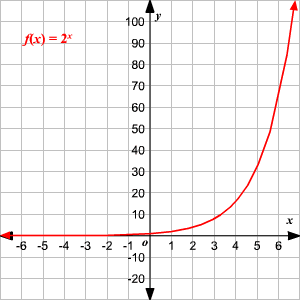
Domain And Range Of Exponential And Logarithmic Functions

Logarithmic Functions And Their Graphs

Find The Domain And Range Of F F Log X W H E R E Represents The Fractional Part Function Youtube
Q Tbn 3aand9gcrpyzokdjrkkdydro Q92iv8me1eehwkmjb4zrnjr8 Usqp Cau
2

Find The Domain And Range Of The Function F X 1 2 Sin3x Youtube

Find The Range Of Each Of The Following Functions F X X 3 F X 1 X 2 F X X 4 Youtube

Help Fast Plizz What Are The Domain And Range Of The Function F X Log X 4 3 Brainly Com

Logarithmic Functions Logarithms Logarithmic Equations Logarithmic Functions Properties Of Logarithms Ppt Download

Misc 4 Find Domain And Range Of F X Root X 1 Chapter 2

Plz Help Me What Are The Domain And Range Of F X Log X 6 4 Domain X Gt 6 Range Y Gt 4 Brainly Com
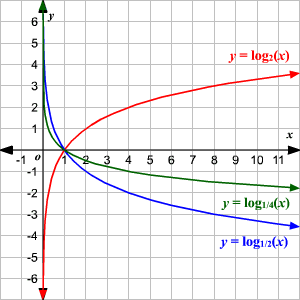
Domain And Range Of Exponential And Logarithmic Functions

Find The Domain And Range Of The Function F X 1 2 Sin3x Youtube

Pls Answer Q3 3a 5 6 X Fix 2 Find The Domain Range Of The Math Relations And Functions Meritnation Com
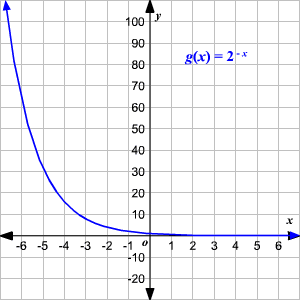
Domain And Range Of Exponential And Logarithmic Functions

Exponential And Logarithmic Functions Ppt Video Online Download

2 Find Then Espai 1 Y Log 5 V2 Sinx Cos X 3 Find The
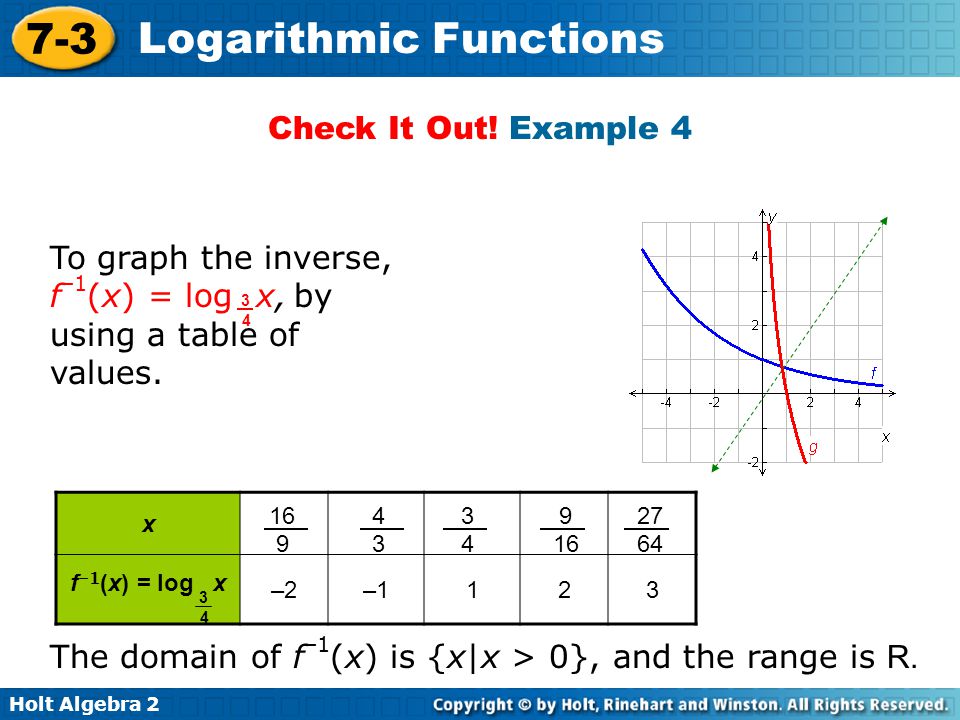
Logarithmic Functions Ppt Video Online Download
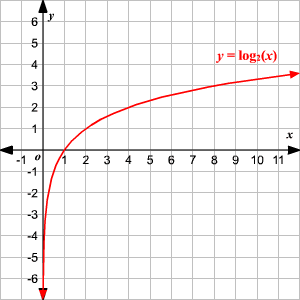
Domain And Range Of Exponential And Logarithmic Functions
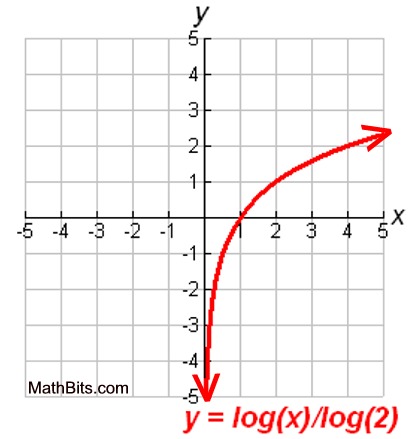
Logarithmic Functions Mathbitsnotebook Ccss Math

F X X 4 4 X Find Domain And Range Brainly In

Find The Domain And Range Of The Following Functions A F X Sin Log X D 1 2 2x Fa Fpx Sin 1092 R 0 F X Cos Sin X Sin 1

Log X Then D30 Domain And Range Of F X X 3x2 x Sir

Graphing Transformations Of Logarithmic Functions College Algebra

Domain And Range Of A Function Tutorial Youtube

Domain And Range Calculator Wolfram Alpha
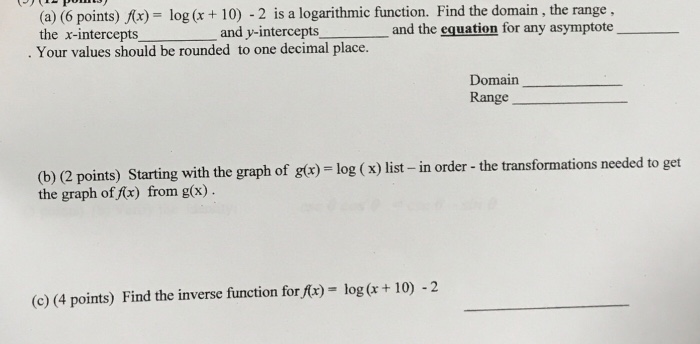
Solved F X Log X 10 2 Is A Logarithmic Function Chegg Com
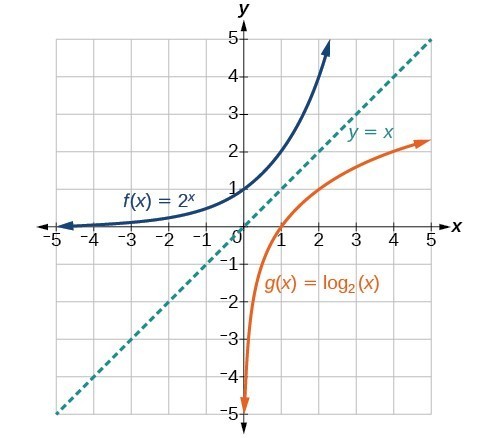
Characteristics Of Graphs Of Logarithmic Functions College Algebra

Ex 2 3 2 Find Domain And Range I F X X Chapter 2

Graph G X Log X 3 2 Write The Domain And Range Youtube

How Do You Find The Domain And Range Of F X Log X 2 Socratic

F X Ln X 4 Domain Range Graph And Its Inverse Youtube

Misc 5 Find Domain And Range Of F X X 1 Class 11
Exponential And Logarithmic Functions And Equations Translated Logarithmic And Exponential Functions
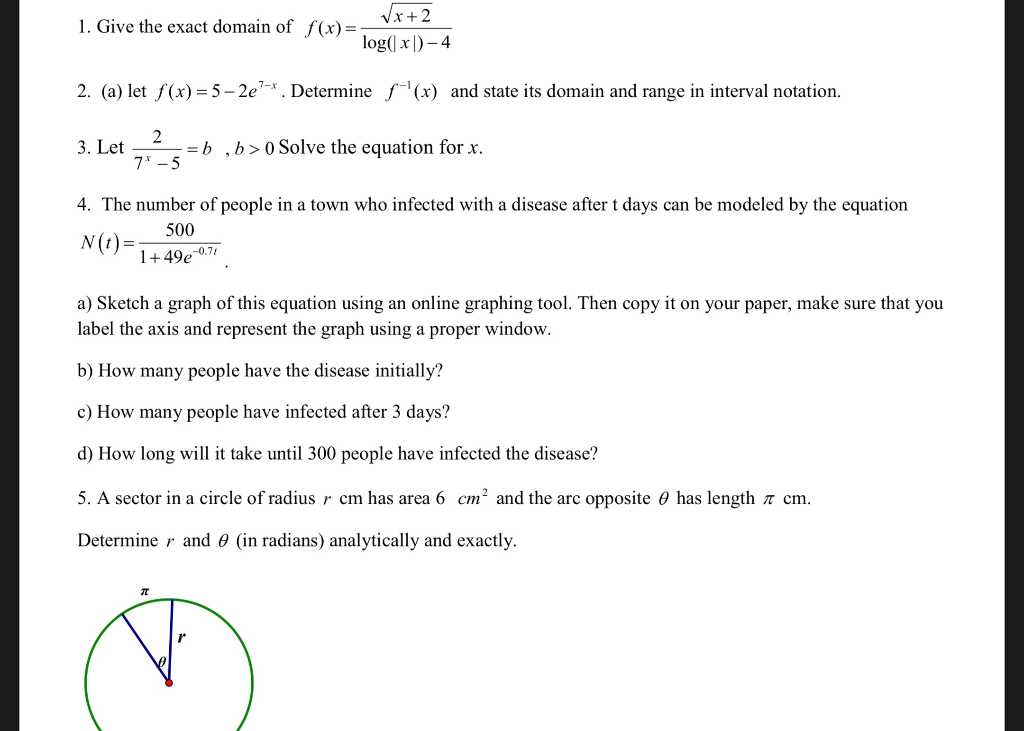
Solved Vx 2 1 Give The Exact Domain Of F X Log X 4 2 Chegg Com
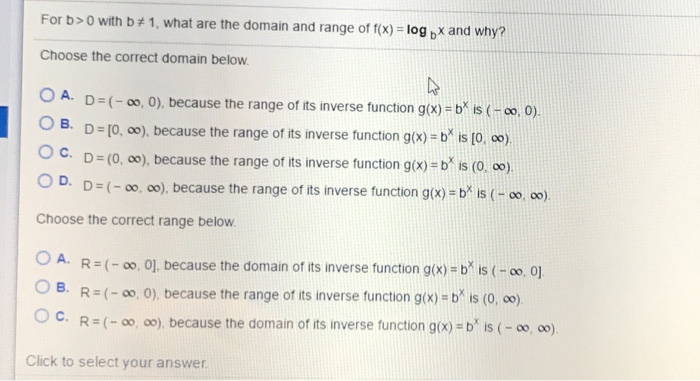
Solved For B 0 With B Notequalto 1 What Are The Domain Chegg Com
Q Tbn 3aand9gcqz2fcuxiqric1nwcdgl 1q1bt5mrymx Hpuhmu Wkkqvcarxbk Usqp Cau
How To Find The Domain Of F X Log1 2 2x 3 1 2 Is The Base Quora

Example 14 Draw Graph Of F X X 3 Chapter 2 Class 11

Graphing Transformations Of Logarithmic Functions College Algebra
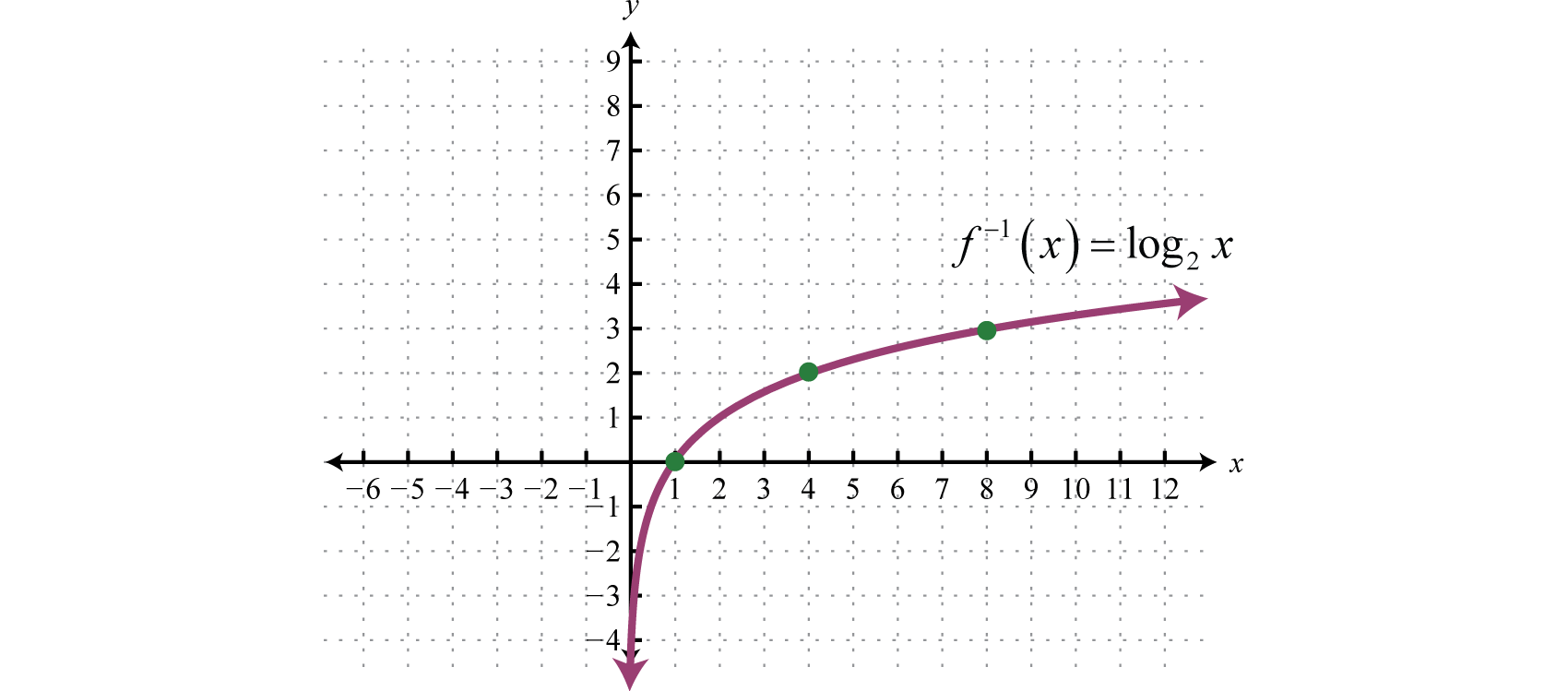
Logarithmic Functions And Their Graphs
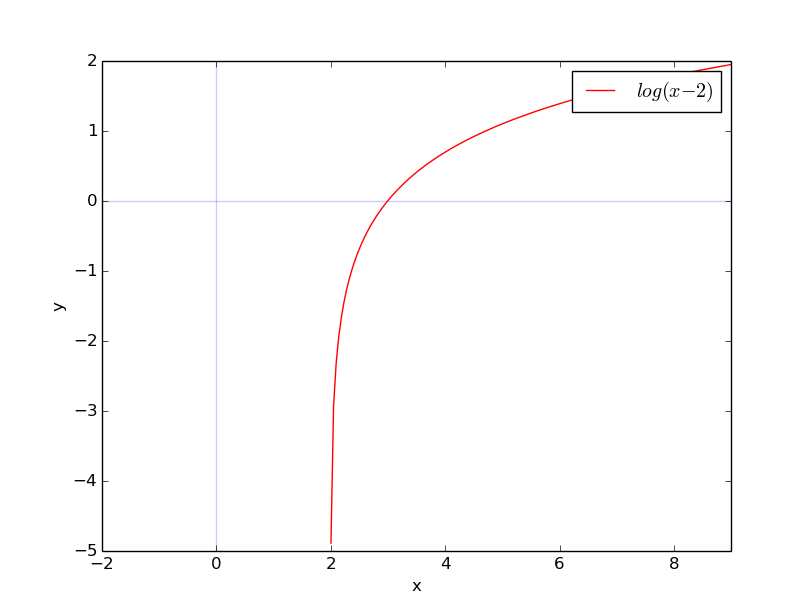
How Do You Find The Domain And Range Of Y 2x 2 4x 5 Socratic

Characteristics Of Graphs Of Logarithmic Functions College Algebra

Domain Of Logarithmic Functions Youtube
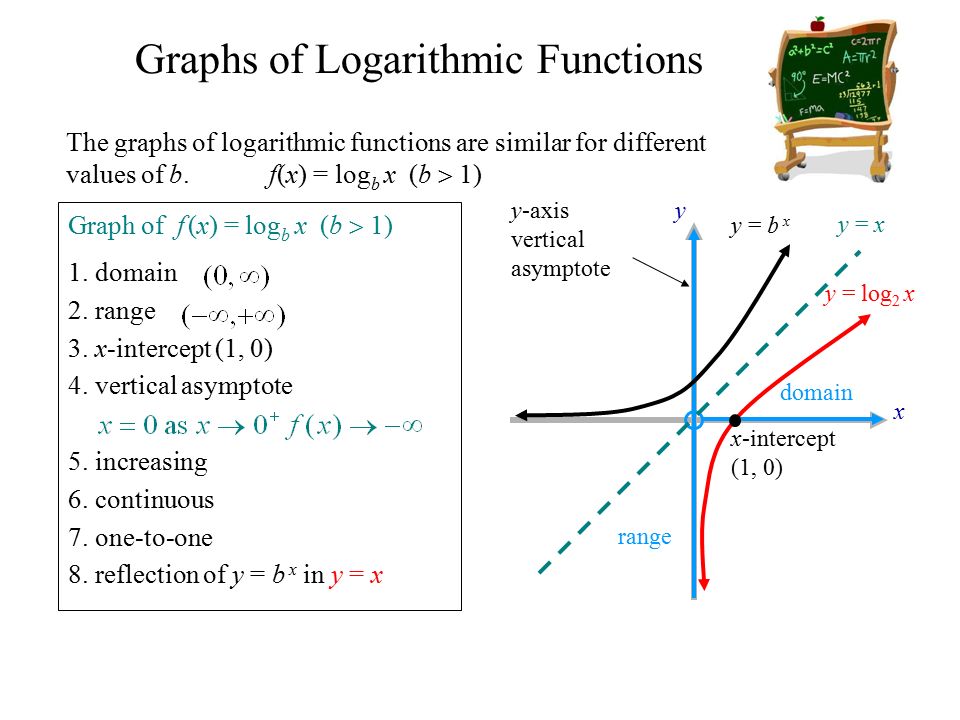
Algebra 2 Logarithmic Functions As Inverses Lesson Ppt Download

Find The Domain Range Of F X 1 9 X 2 Brainly In

Logarithmic Functions And Their Graphs
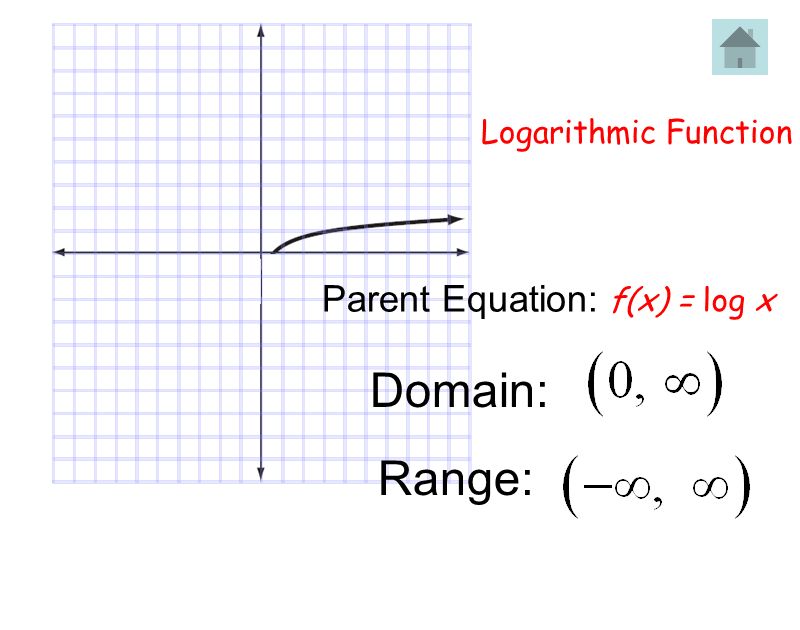
Parent Functions Constant Function Inverse Ppt Video Online Download
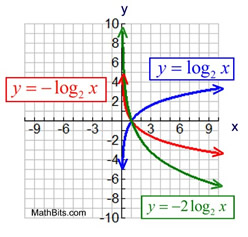
Logarithmic Functions Mathbitsnotebook Ccss Math

Domain And Range Of Quadratic Functions Video Khan Academy

Domain And Range Of Functions

12 X1 T05 01 Inverse Functions 12

Hustration 1 53 Find The Domain And Range Of F X Log X Where



